Sanaathana Saaradaa — 8 : Types of Japa & Mantra Chaitanya
SriSaaradaa Dayaa Kowmudi :-
SANAATANA SAARADAA~8.
01-09-2017 : Friday.
Types of Japa & Mantra Chaitanya.
Dr. Nisaant wants to know about the above things. According to tradition “japa” or chanting of one’s mantra or chanting of the name of one’s chosen Deity is of three kinds.
1. Vaachika or vocal method: In this method, the japa is done vocally, so that the chanting can be heard by the devotee only, but not by any one else. In this method, all those vocal organs from where the sound-components of the divine name or mantra originate, participate appropriately to generate the implied “naada” of the name or the mantra.
2. Upaamsuvu or silent chanting of name or mantra associated with mere lip-movement:- In this method the chanting is done silently while moving lips following the syllabic pronunciation the name or mantra.
3. Maanasika or mental chanting:- In this method, divine name or mantra is chanted with mind only without the aid of any vocal or oral organs.
Of all the three, Maanasika is the best and it can be attained only after a rigorous practice of the japa.
Mantra is a source of enormous divine energy and fully saatvic in its nature. Mantra is the pure sound-body of the Ishta Daiva. So, either divine name or mantra is the Consciousness or the Chaitanya of that Deity. Divine name or Mantra does not represent an inert word or group of words. If a mantra or divine name is chanted, a Holy Energy-Source is being tapped by the devotee either knowingly or unknowingly. Until the devotee is fully competent to receive the the glorious essence of the mantra, the mantra-energy remains dormant, cleansing the subtle body of the devotee of all inherently accumulated impurities of the soul. There are many other aspects of Mantra/Naama Japa or the secrets of the Path of Upaasana which are not intended for any academic or intellectual discussion.
Swasti ||
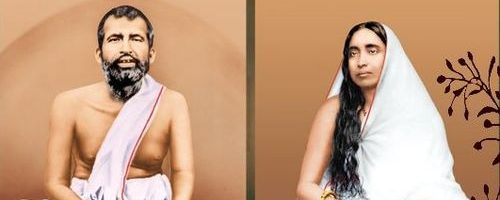
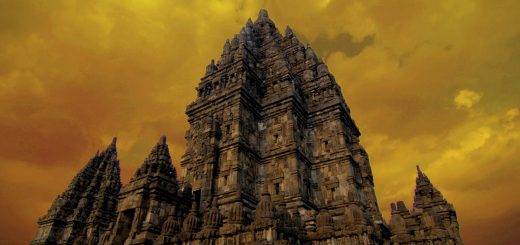
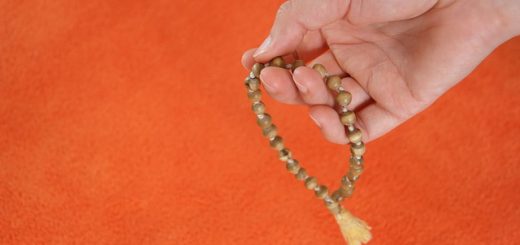
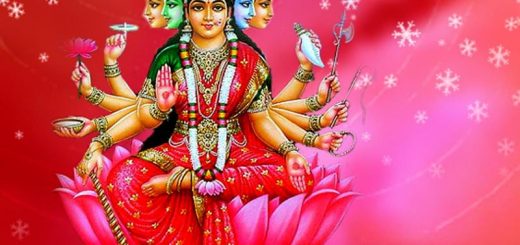


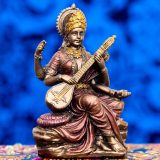

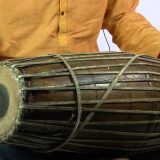

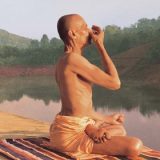


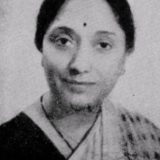
Very useful fundamental information on e has always to think and practse before starting japa
Good to learn that silent mindful japa is the most saatvic and best of the three forms. It is often the hardest as it tests our ability to keep the mind in control.
It is well understood that Mantra is a source of Divine Energy and that energy is awakened by doing Japa. The best partis that the energy is tapped with or without the knowledge of the doer. Is Maanasika Japa equivalent to Dhyaana?
Very well said mavayya.please let us know the importance of Dhyana and the way to start it .